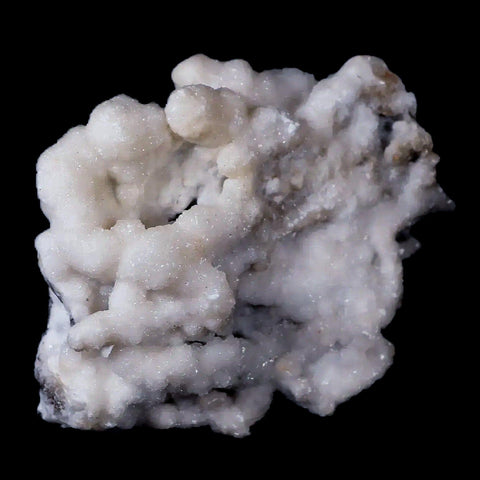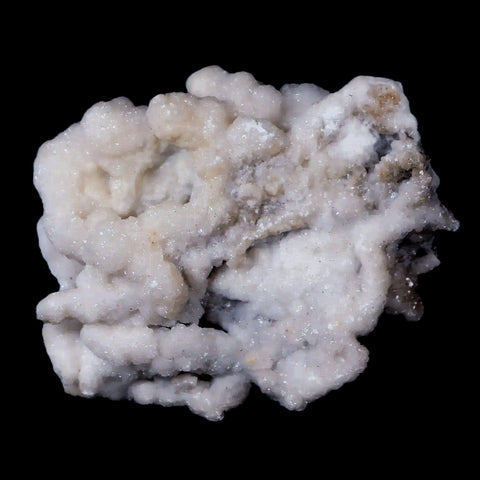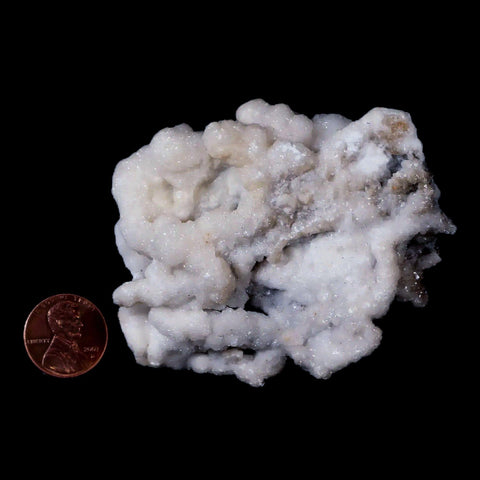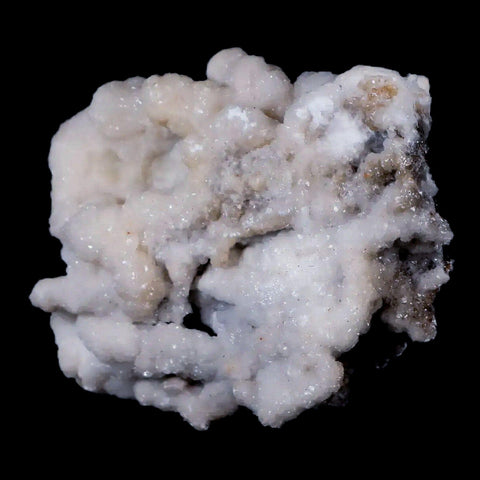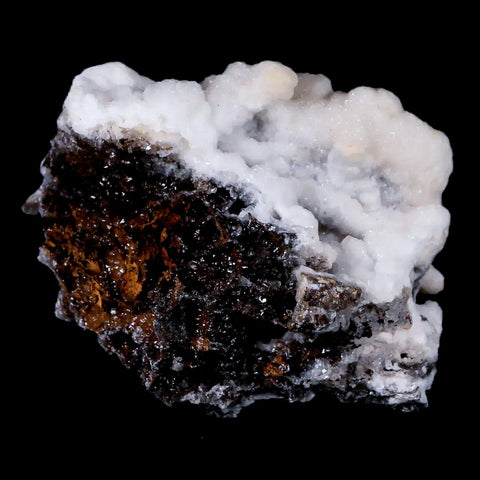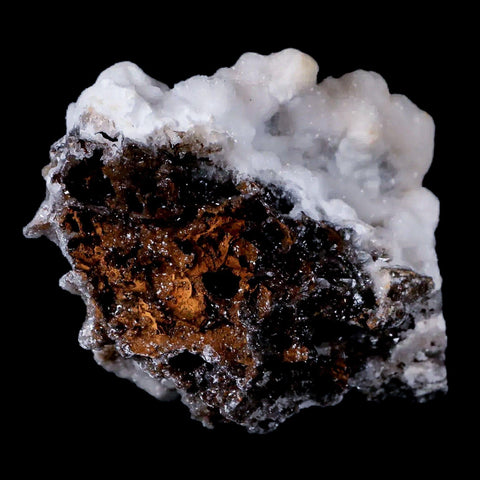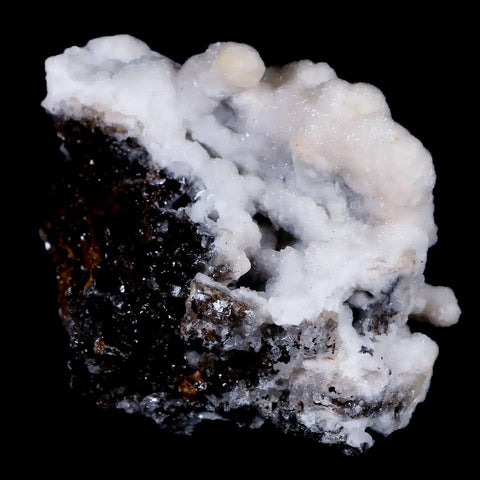3" Aragonite Cave Calcite Crystal Cluster Mineral Specimen Morocco
Location: Morocco
Weight: 4.5 Ounces
Dimensions: 3 Inches Long, 2.4 Inches Wide, 1.7 Inches Wide
The item pictured is the item you will receive
Aragonite is fundamental to the existence of many of Earth’s organisms, serving as the primary mineral that countless invertebrates utilize to build their shells and skeletal structures. When you appreciate the vibrant hues of a seashell, you are indirectly acknowledging the diverse coloration of Aragonite and its natural propensity to crystallize at the Earth’s surface. Aragonite and calcite are polymorphs—minerals identical in chemical composition but differing slightly in their crystal lattice arrangement. These minerals often coexist, and their similarity is such that distinguishing them is mainly relevant to specialists in geology or paleontology. While calcite is presently the more stable and prevalent mineral in today’s marine environment, there were eras in Earth’s deep past when Aragonite held that position. Physically, the two minerals are almost indistinguishable.
Calcite is a calcium carbonate mineral with a hardness of 3. It comes in a wide variety of forms and colors and is found on every continent of the world. Calcite makes up the major part of marble and limestone. Yellow Calcite usually occurs in massive rather than crystalline form, and the best specimens come from Mexico.
Calcite is named after the Greek word “chalix,” which means lime. This mineral appears in many colors, such as red, green, orange, yellow, blue, pink, clear, black, and white. It is one of the most abundant minerals on Earth and forms the main component of limestone and marble. Calcite exists in various shapes and develops in a range of geological environments. Some types can glow blue or red when exposed to ultraviolet light. It has practical uses too—commonly in making cement and mortar—and the clearest calcite crystals have been used in gun sights and polarizing microscopes for studying rocks.


